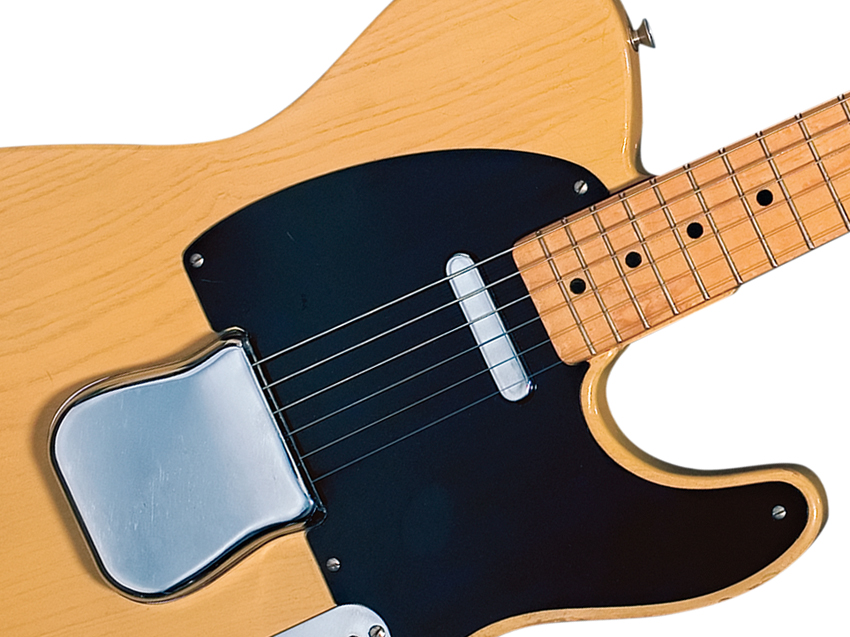
Fender's golden years
The Fender Electric Instrument Company played a pivotal role in defining the very sound of rock and pop music with the instruments it made between 1950 and 1965.
It's almost beyond belief to imagine that in 15 short years, Fender produced some of the most iconic instrument designs ever, and in the case of the Strat pretty much defined the sound and image of an electric guitar for an entire generation.
Here’s how the story unfolded..
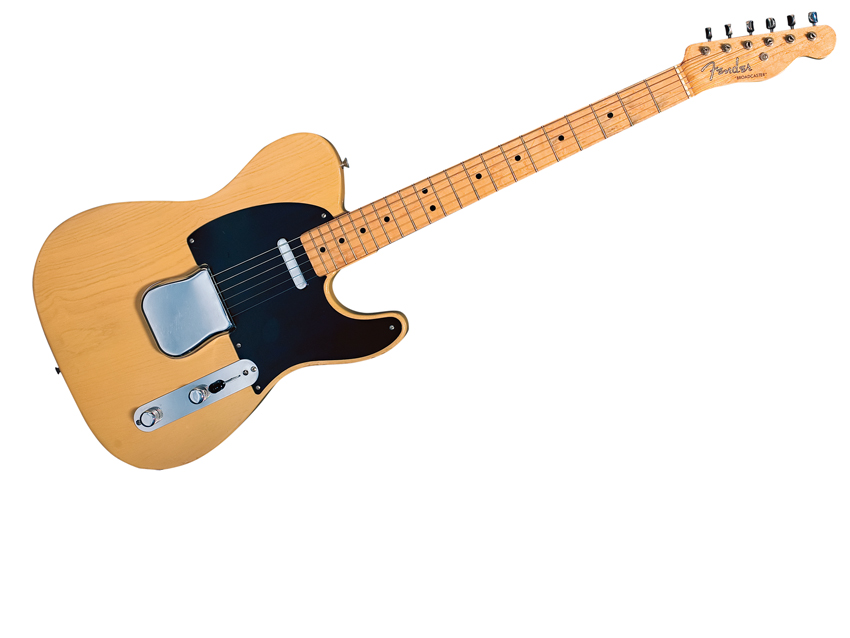
1951 Telecaster
The design debuted a year earlier via the Esquire and Broadcaster (pictured). Gretsch took umbrage (their drum kit was called Broadkaster), so Fender withdrew the name and for a time the guitars were unnamed, hence the term ‘Nocaster’. The Telecaster debuted officially in April 1951, with a slab ash body and maple one-piece neck, priced $189.50.
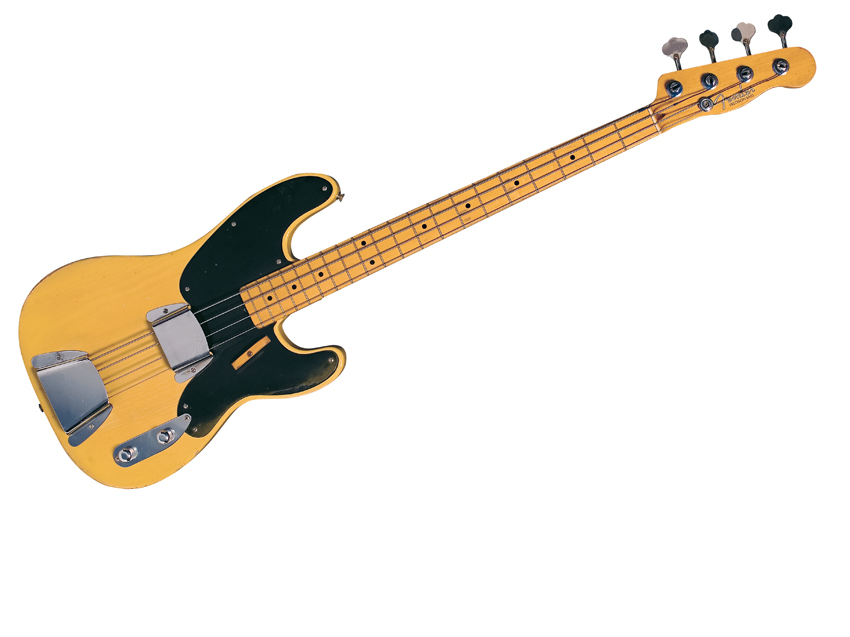
1951 Precision Bass
With the template set for the solid-bodied electric guitar, it made sense to apply the principle to the bass. In some ways this was an even bigger revolution than the guitar – bassists were no longer tied to their upright instrument and corresponding upright playing style. The result of this change was a set of unprecedented sonic and practical benefits – all for $199.50.
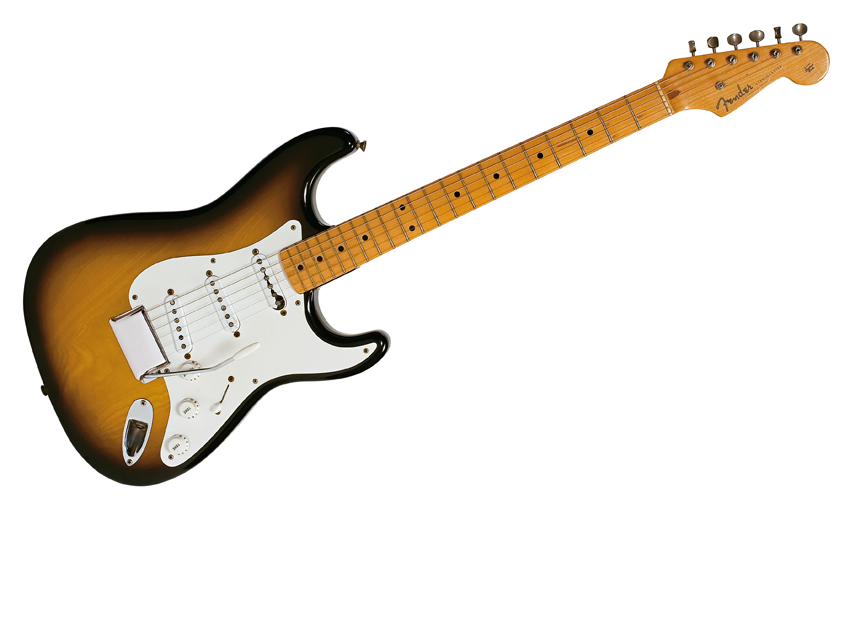
1954 Stratocaster
Named amid the fascination with the space age – the stratosphere and all it inspired – Fender followed up the Tele with another pickup selection, a radical, beautifully contoured twin-cutaway body and the fabled Synchronized Tremolo vibrato unit with six individually adjustable saddles. Today, it’s an all-time design classic; then, it was a $249.50 ticket to the future.
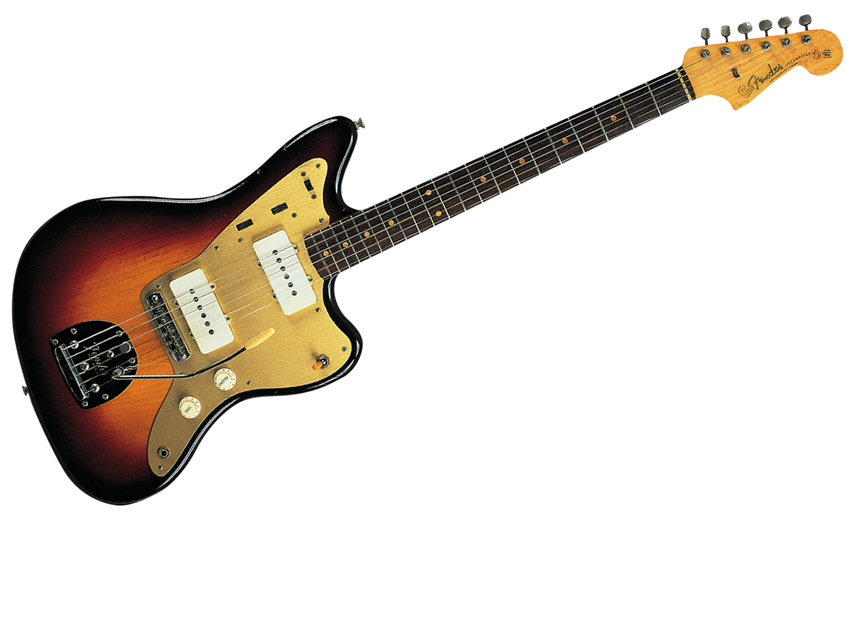
1958 Jazzmaster
Believe it or not, this divisive design was intended to be ‘better’ than the Stratocaster. At $329.50, it had an offset body, initially with a gold anodized pickguard, and was designed to compete with Gibson’s thicker-sounding jazz guitars. The dual rhythm/lead circuits offered two control sets, but jazz players – unsurprisingly with hindsight – didn’t really go for it.
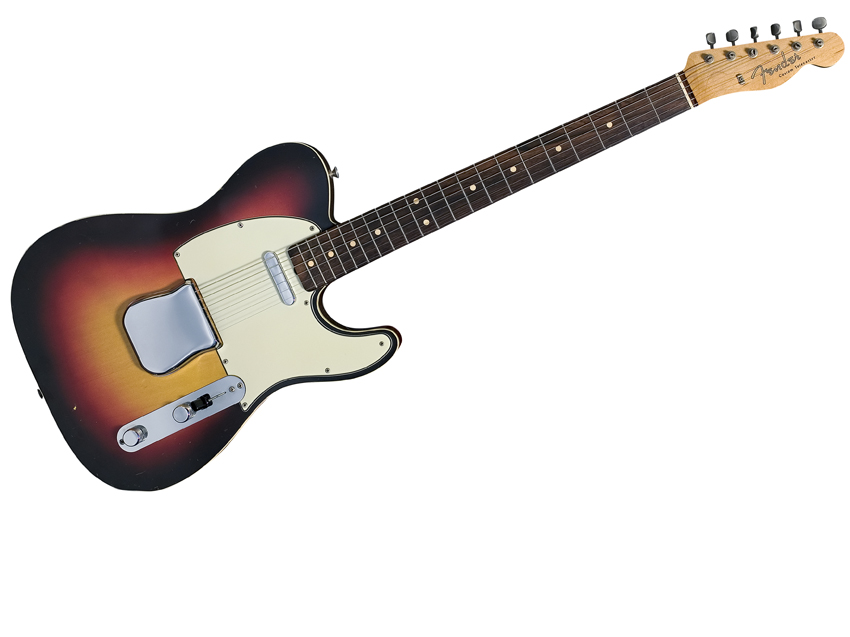
1959 Telecaster Custom
The Tele Custom (and Esquire Custom) were treated to a double-bound body and both followed the trend in guitar- making at the end of the 1950s for rosewood fingerboards. These additions to the range were an attempt to make the utilitarian, slab-bodied Telecaster feel more upmarket for your $229.50 – which was a full $30 more than the regular Fender Telecaster.
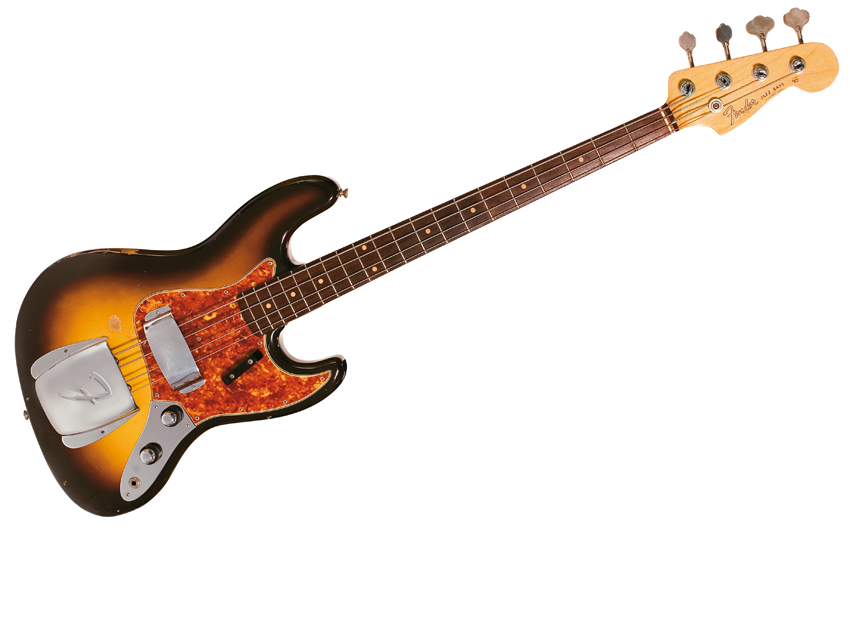
1960 Jazz Bass
It took a whole nine years for the second electric Fender bass. The Precision had moved to its second, more famous look by 1957, but Fender wanted a more ‘upmarket’ addition. Enter the Jazz Bass, with its dual pickups and narrower neck profile, for $279.50. The baritone Bass VI came in 1961. The latter’s a curio by today’s standards, but it has still appeared on countless records.
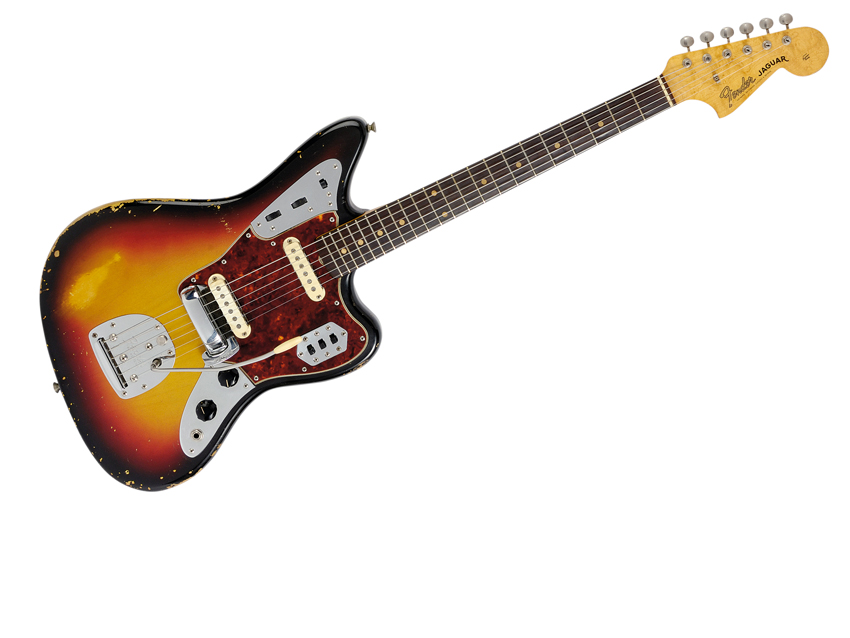
1962 Jaguar
1958’s Jazzmaster had been, at best, a mixed success. Undaunted, Fender duly shortened the scale, moved to twangier-sounding pickups, added a string mute and made the controls even more confusing to access. The Jaguar entered the market as Fender’s most expensive instrument at $379.50 – a whopping $170 more than the Telecaster at the time.
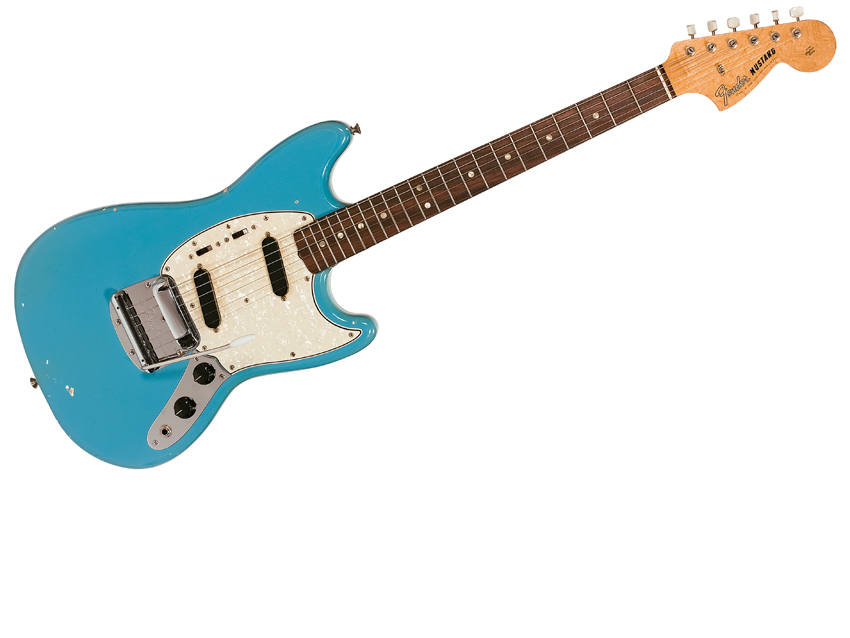
1964 Mustang
Fender had been making shorter-scale ‘student’ guitars since 1956 in the Musicmaster and Duo Sonic, offering alternatives to the Stratocaster and Telecaster that were aimed at the pro musicians. A decade later, the Mustang sat between the two customer groups. The 24-inch scale and an accessible price ($189.50) made it a success. The rock ’n’ roll boom didn’t hurt, either!
Guitarist is the longest established UK guitar magazine, offering gear reviews, artist interviews, techniques lessons and loads more, in print, on tablet and on smartphones
Digital: http://bit.ly/GuitaristiOS
If you love guitars, you'll love Guitarist. Find us in print, on Newsstand for iPad, iPhone and other digital readers


